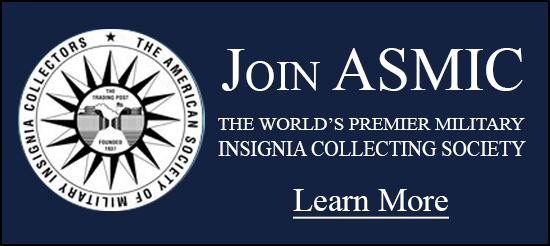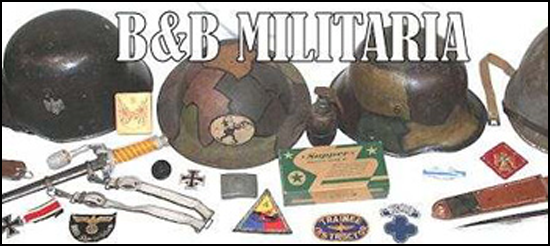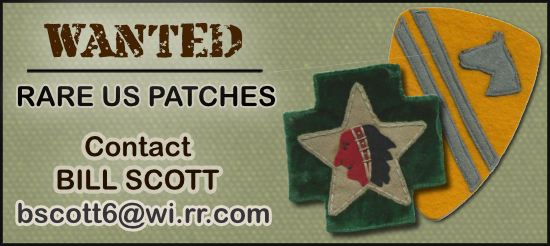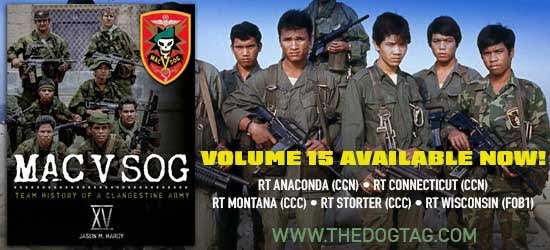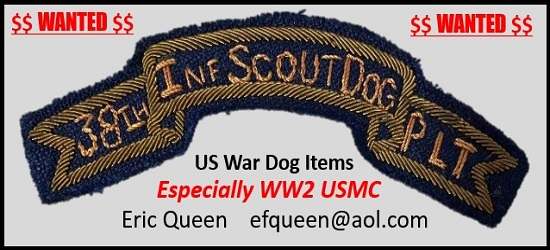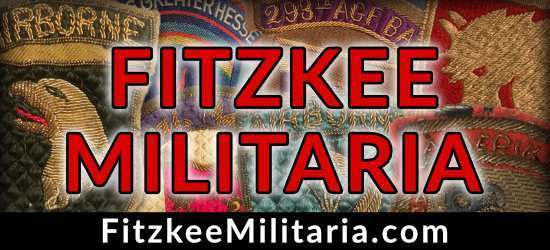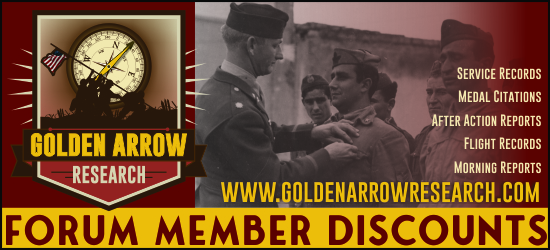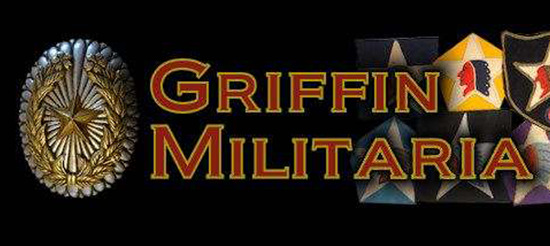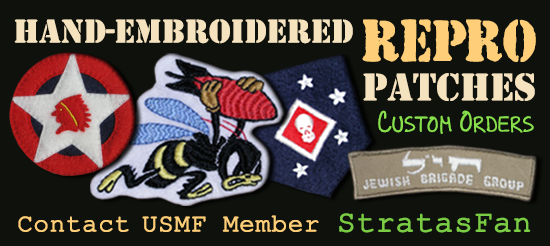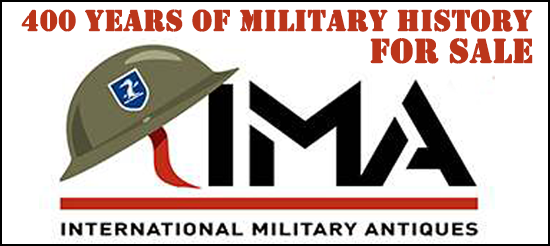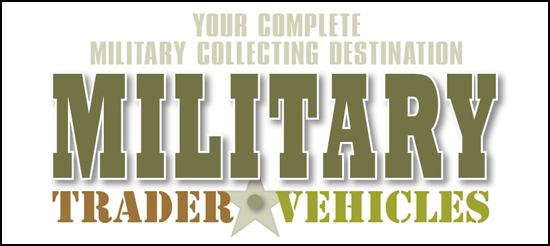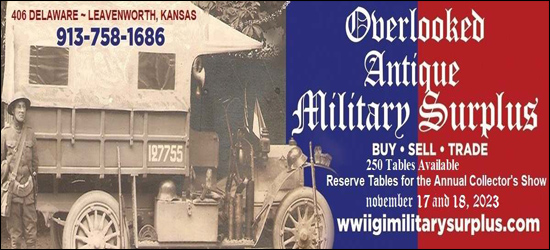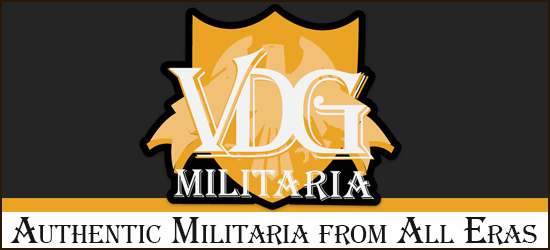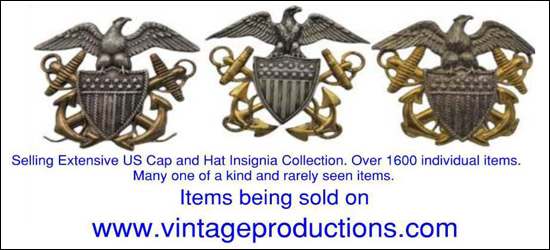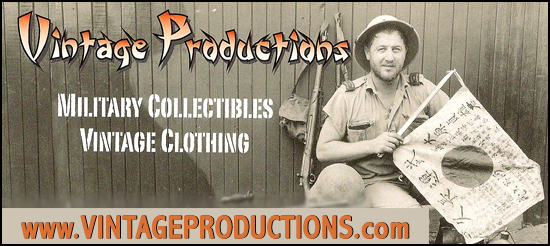-
Donate
Type donation amount in box below.
IMPORTANT! If you donate via PayPal using an e-mail address different than the one you are currently using on USMF and would like a 2022 Donor Icon added to your account, you MUST CONTACT vintageproductions or stratasfan and let them know what email address was used for the donation.
Thank you for supporting USMF.
Donate Sidebar by DevFuse -
Recent Posts
-

By BeansEnHay · Posted
I agree completely. Just on the island of Negros, the Japanese held up the Americans by leaving booby traps and snipers behind as they pulled up into the mountains. They didn’t start a general retreat (even higher) til the first week of June 45’ . It was another couple months before the U.S. scattered the remainder into the jungles below. The last few days before the surrender must have been bad ones for the survivors. Suicide, starvation, and vengeful Filipino guerillas were the only choices for them beside surrender. Even after the bomb went off, since nobody knew what that meant, none of these G.I.s were thinking about going home yet. They would be soon though. -
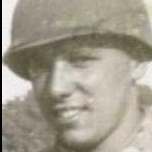
By tdogchristy90 · Posted
Story I wrote based off his OMPF file is below. This battle is so well know, please let me know if you find any glaring issues with the Midway history. Oswald J. Gaynier was born on March 4, 1915, to Ezra and Ada Gaynier of Monroe Michigan. He went to Monroe High School, and then to Michigan State Normal College were he graduated in 1940. While in college he was active on his school track team as well as worked for the Monroe Lumber Company. Both organizations gave glowing reviews of Oswald when he decided to apply for, and try to become, an aviation cadet. On December 16, 1940, Oswald Gaynier was appointed an Aviation Cadet at the United States Naval Reserve Aviation Base in Grosse Ile, Michigan. On December 30, he reported to the Naval Air Station at Pensacola, Florida for active duty and training. Following continued training at the Naval Air Station in Miami, Florida, Ensign Oswald Gaynier was appointed a Naval Aviator and commissioned in July 1941. In August of 1941 Gaynier reported to the Naval Air Station in Norfolk, Virginia, as part of Fleet Air Detachment, for additional training. Following his advanced carrier training, which included a course of instruction on Grumman aircraft, Oswald Gaynier was assigned to Torpedo Squadron Eight, Naval Air Station, Norfolk, Virginia. On June 4, 1942, during the Battle of Midway, Torpedo Squadron Eight made an initially attack run on Japanese carriers converging on the Island of Midway. The Japanese were trying to set a trap and engage the American Navy in a decisive, all out battle. The attack by the Squadron on the Japanese carriers was split between a force of 15 Douglas Devastator Torpedo Bombers taking off from the carrier USS Hornet and a smaller detachment of 6 Grumman Avenger Torpedo Bombers from Torpedo Squadron Eight who had flown from Hawaii to Midway to strengthen the American assets on the beleaguered island. Without fighter escort, facing defensive weapons from enemy carriers, as well as attacking Japanese fighters, all 15 of the slower, outdated Douglas Devastators flying from the USS hornet were shot down during their torpedo attack run on the Japanese carriers, with only one survivor. Of the detachment of 6 newer Grumman Avengers flying from Midway island, all but one plane was shot down with only two crewman surviving out of that force. Facing a withering defensive fire, slow lumbering planes carrying torpedo payloads, as well as faulty torpedoes, none of the aircraft from Torpedo Squadron Eight managed to hit any of the Japanese Carriers during the opening minutes of the Battle of Midway. The sacrifice of Torpedo Squadron Eight was not to be in vain however. As the American Torpedo Bombers attempted their run against the Japanese carriers, Japanese fighters defending their carriers had to descend to lower altitude to attack. This allowed for Douglas dive bombers to attack the Japanese carriers without interference as the Japanese fighters who went after the Torpedo bombers could not climb fast enough to defend their carriers. In the ensuing carnage, Japan lost four carriers compared to one for the Americans. The Japanese also lost the ability to project power into the Pacific and went on the defensive for the remainder of the war. In total, 45 of 48 men from Torpedo Squadron Eight lost their lives at Midway. Oswald J. Gaynier was a part of the detachment of Grumman Avengers from Torpedo Squadron Eight who flew from Hawaii to Midway in preparation for battle. Oswald J. Gaynier was killed in action on June 4, 1942 during the initial attack run by Torpedo Squadron Eight against Japanese carriers at Midway. He was 27 years old and posthumously awarded the Navy Cross for his actions at the battle of Midway. … -

By illinigander · Posted
They are not- I do not know how to do that. illinigander -

By Chas100 · Posted
I purchased quite a few of these from the CMP North Store when they were available. At the time Mr Cunningham was still with us. He had suggested to me to open the box, these were repacks with new unissued sealed bayonets and repacked scabbards. He did not suggest to open the bayonet but to unwrap and inspect the scabbards. I was able to peal the sealing tape back on a few. Around 10 of the boxes I purchased from the store had the same numbers and dates and all had M8 scabbard’s. Most were modified in different ways but all needed a little wipe down as the scabbard’s had a white substance, some type of storage product I suppose but I’m glad I took his advice. I do have quite a few boxes I have yet to open. Mr Cunningham did not think it would effect the value by opening them up to inspect ( not the bayonet ) since they were repacks -
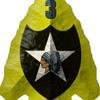
By Rhscott · Posted
Most likely done by those that needed or had access to the pins. The only “useful” thing I can think of is to have one handy to make safe a grenade or bouncing Betty mine used as a booby trap that person might encounter. -

By Rhscott · Posted
I see a total of 2 that are not front/back aluminum. One top/bottom steel and one top/bottom enamel. Nice early Bakelite caps on some. -
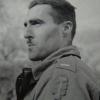
By doyler · Posted
US Marines refill their canteens on Saipan June 1944 LIFE Magazine Archives - W. Eugene Smith Photographer -

By sigsaye · Posted
The “Sea Going Uniform company, was in busy from 1946-2010. With the hook and eyes, and being cotton, pre 1984. -

By kiaiokalewa · Posted
FYI, and later on next week (probably Tuesday, 6/19/24, about 9:00am PST) I'll be posting all of these patches FOR SALE on the forums Shoulder Insignia sub-forum. A Hui Hou, John -

By Hayman · Posted
I found this set at a local antique store today. Does anyone have an idea of the date on these? Thanks in advance, Hayman
-
-
* While this forum is partially supported by our advertisers, we make no claim nor endorsement of authenticity of the products which these advertisers sell. If you have an issue with any advertiser, please take it up with them and not with the owner or staff of this forum.


